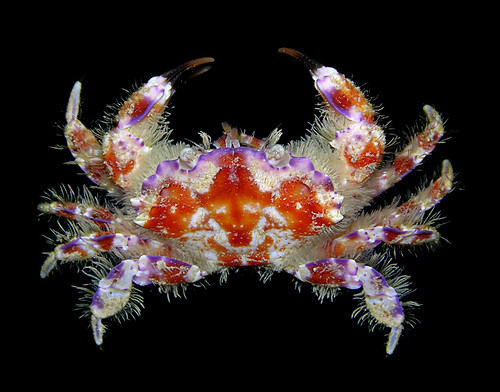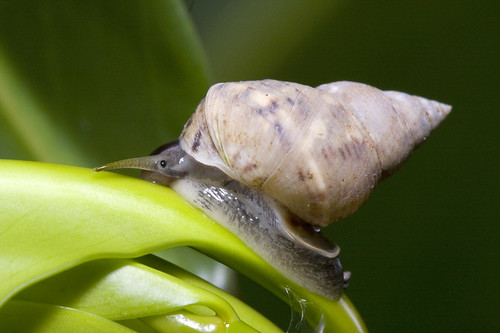The first issue of Beetle News is available now. Haven't had time for a proper read but certainly seems pretty interesting (the focus is on UK beetles). The contents are as follows:
Editorial
Review: British Scraptiidae
Warwickshire Coleoptera- an update
Somerset beetle records wanted
Some observations on the Orange Ladybird
Vivarium heat mats : a few suggested uses for the coleopterist
Cassida nebulosa Linnaeus (Chrysomelidae) in flight
News from recording schemes (Tenebrionoidea, Scirtidae, Stenini, Silphidae)
Beetle publications for free download
Beginner’s Guide Silphidae 1: Nicrophorus
The Beetle publications for free download may be worth a look, although the links are to home pages and not to the page you want.
Notes from my experience breeding and studying a wide variety of different invertebrates.
Monday, 20 April 2009
Friday, 17 April 2009
Schistocerca
 This week Hojun Song visited the Natural History Museum, London (after also visiting Philadelphia and Paris). Hojun's website (schistocerca.org) has a lot of information on this genus. It's well worth a visit.
This week Hojun Song visited the Natural History Museum, London (after also visiting Philadelphia and Paris). Hojun's website (schistocerca.org) has a lot of information on this genus. It's well worth a visit.There is a key to 43 Schistocerca species and a photo gallery in addition to background information on ecology, plagues, taxonomy and biogeography.
The image below if of Schistocerca obscura from Hojun's site.
Wednesday, 15 April 2009
Phasmid Study Group Newsletter
The April issue has just been sent to the printers. This is the delayed March issue. I will make it available to PSG Members online as soon as I receive my copy through the post.
Non PSG members should join - full details are available at http://phasmid-study-group.org.
Non PSG members should join - full details are available at http://phasmid-study-group.org.
Spiders 101
Saying that Daddy Long Legs are arachnids causes some issues! In North America harvestmen (order Opiliones) are known as daddy long legs, and are arachnids. In the UK the term Daddy Long Legs applies to certain crane files (family Tipulidae) which are insects.
Tuesday, 14 April 2009
Pom Pom Crab
These small crabs carry around two small anemones for self-defense. Pom pom crabs are fairly common in the aquarium trade and apparently live well in captivity, with or without their anemones. The crab shown here is Lybia tessellata, the anemones are usually of the genus Bunodeopsis or Triactis.
Monday, 13 April 2009
Subscribe to:
Posts (Atom)
ShareThis
Copyright Ed Baker




